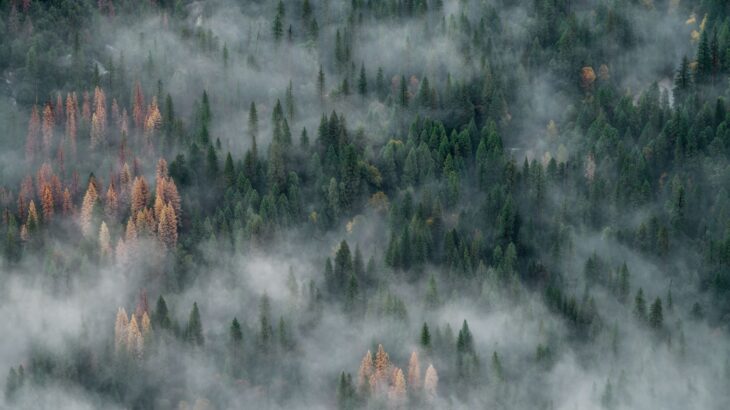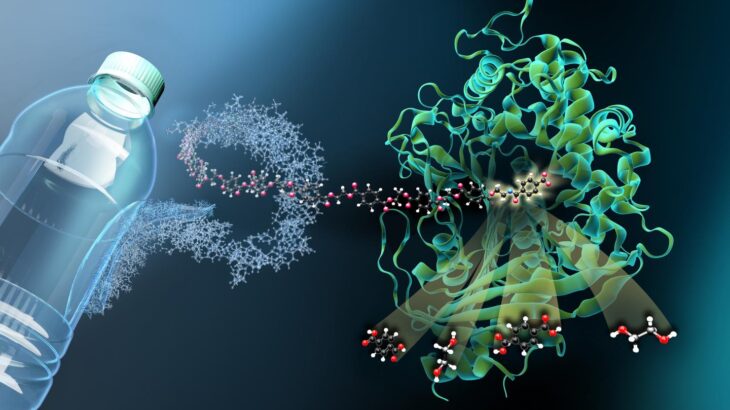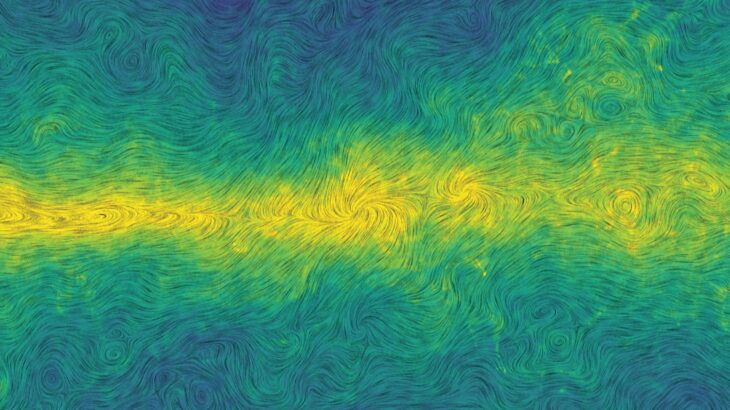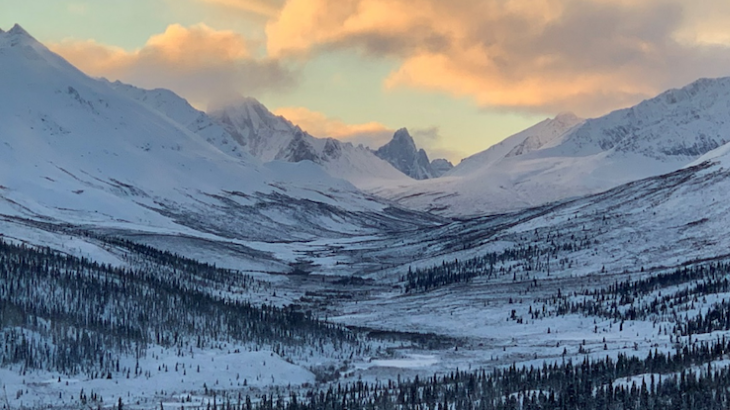
By Qiaochu Liang, guest contributor With winter just around the corner, some animals start building food caches, while others eat plenty of food to prepare for hibernation. This is also the perfect time for us humans to be proactive about getting enough essential nutrients, particularly vitamin D. What is vitamin D? Vitamins are a class […]







